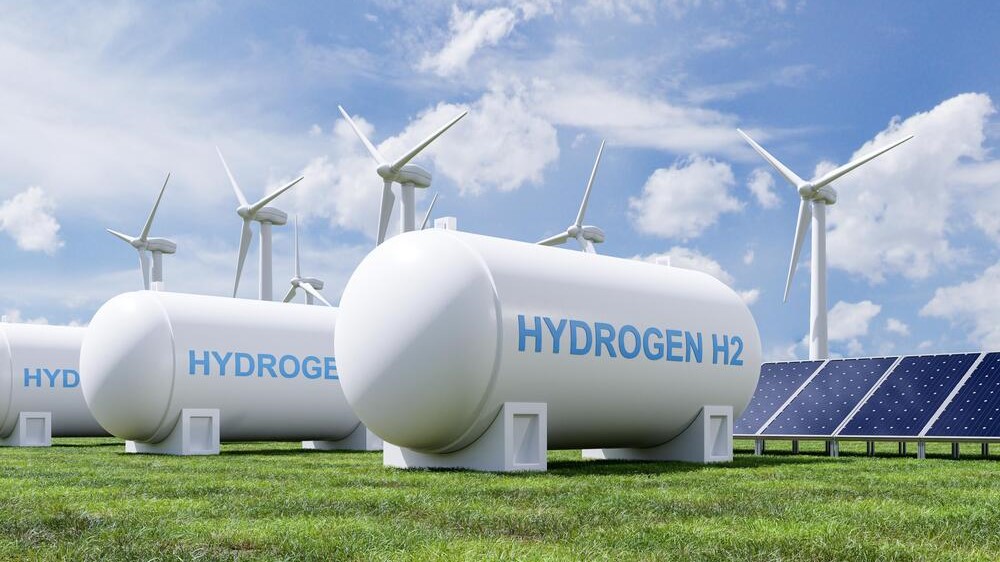The Indian Institute of Petroleum and Energy (IIPE), Visakhapatnam, has launched an innovative pilot project to produce green hydrogen as part of its efforts to join the Union government’s goal of achieving net zero carbon emissions by 2070 with the support of NTPC Simhadri, here.
The project consists of producing one tonne per day (1 TPD) of hydrogen using NTPC Simhadri’s desalinated water through electrolysis with an estimated investment of ₹34.63 crores (excluding taxes). An MoU has already been signed between IIPE and NTPC Simhadri in September 2023. Now, IIPE is in the process of setting up the hydrogen plant on a five-acre site belonging to NTPC Simhadri. The project’s operational process, meaning hydrogen production, will begin in March, 2025.
NTPC Simahdri is using flue gas to desalinate seawater from the adjacent Bay of Bengal. IIPE collects 10-20 tonnes per day of the NTPC’s desalinated water.
Demineralised water for hydrogen production through electrolysis has many advantages, including less carbon intensive desalination, minimal chemical consumption, with no reliance on fresh water and use of waste flue gas heat.
At present, hydrogen demand across the country is 6 million metric tons per year (fertilizers 50%, refinery 46% and steel 4%). By 2030, the demand is expected to increase by a factor of 11 million metric tons per year. Therefore, 110 billion litres of demineralised water per year will be required in 2030.
Tags: Green Hydrogen, IIPE, NTPC, Visakhapatnam



Recent Posts
Port of Brisbane Unveils Vision 2060 to Drive Smarter, Cleaner, and More Connected Future
Wärtsilä to Deliver Hybrid Propulsion Systems for Vertom Group’s New Low-Emission Vessels
Latvian port receives electric Konecranes Gottwald Mobile Harbor Crane
Sustainable Ocean Economy Vital for Human Development, Says UNDP at UN Ocean Conference
Green Hydrogen Costs in India Could Drop by 40%, Says IEEFA-JMK Report
Cavotec Secures €1.55 Million Shore Power Contract for Port of Antwerp-Bruges
APM Terminals and SANY Marine sign landmark agreement to accelerate decarbonisation
The Port of Gothenburg takes big step towards shore power connection for container and car/RoRo vessels